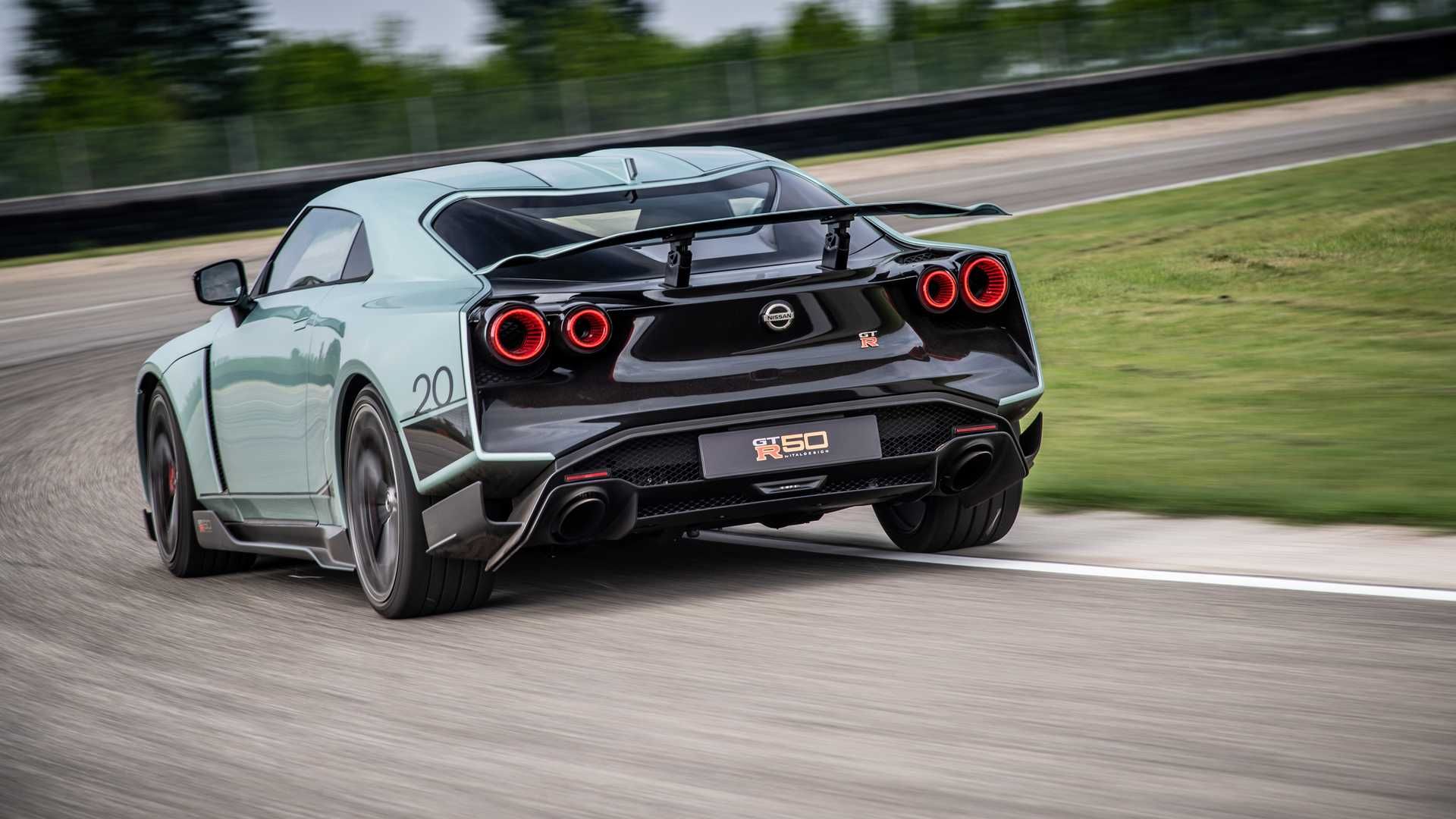After 13 years in the market — yes, it’s been that long — Nissan is finally prepared to bid adieu to the R35-generation of the Nissan GT-R. The iconic supercar’s swan song isn’t expected to happen until 2023 at the earliest, but this early, the automaker is already preparing what Japanese magazine Best Car Web describes as a Final Edition model that will pack no less than 750 horsepower. This apocalyptic version of Godzilla will be limited to just around 20 units, ensuring not only its exclusivity but also the distinction of being the most powerful production-spec GT-R to be built. Expect to pay the motherlode when this mighty supercar arrives with a sticker price of 40 million yen in Japan. That converts to around $377,000 based on current exchange rates, though it’s hard to say what the conversion rate is going to be like once it arrives in 2022.
What can we expect from the Nissan GT-R Final Edition?
The big news is that the model will be powered by the same 3.8-liter twin-turbocharged V-6 (VR38DETT) engine that all other GT-Rs come with. The even bigger news is that the V-6 unit that Nissan will use is the same V-6 engine as the one that we saw in the GT-R50 by Italdesign. Mind you, NISMO tweaked that engine to produce an astounding 710 horsepower and 575 pound-feet of torque. Bring out those calculators, gentlemen. The power figures that NISMO managed to squeeze out of the VR38DETT V-6 represents an increase of 110 horsepower and 94 pound-feet of torque over the incumbent Godzilla, the 2020 GT-R NISMO.
How did NISMO coax that much power on that engine? It’s one thing to tweak the V-6’s ECU unit to unlock, say, 20 to 30 more horsepower. But more work was done on this engine than a simple software mapping. NISMO equipped this engine with turbochargers sourced from the GT3-spec GT-R racer on top of adding larger intercoolers and high-flow fuel injectors, among other components. Nissan’s performance arm also reinforced the six-speed dual-clutch automatic transmission so it can handle the absurd amount of power generated by the tuned powertrain.
How different will the Nissan GT-R Final Edition be from the GT-R50 by Italdesign?
The difference will most likely go down to aesthetics, especially if both models will share the same beefed-up powertrain. It’s hard to imagine Nissan deviating away from the current design of the R35-generation GT-R, especially if that design has been consistent throughout the supercar’s 13-year run.
Conversely, the GT-R50 was unveiled earlier this year, and while it still carries a lot of the GT-R’s design DNA, you can tell that it’s a different car altogether. The entire front section is different, including the headlights, which, admittedly, is the kind of look you’d expect the next-generation GT-R to have, at least if Nissan even gets that far.
Aesthetics aside, the GT-R Final Edition and the GT-R50 are also miles apart in price point. The special edition GT-R will reportedly carry a price of 40 million yen, which converts to around $377,000 based on current exchange rates. As for the GT-R50? You’ll need at least $1 million for that.
If the GT-R Final Edition is the R35-generation’s curtain call, should we expect the next-generation Godzilla to arrive shortly?
Speculation has run rampant on the status of the next-generation Nissan GT-R to the point that it might be best to take every new report about it with a grain of salt, at least until Nissan comes out with a clear action plan on the R36-generation Godzilla. Last month, a report came out that Nissan is, in fact, working on a successor to the R35 model. Specific details were not revealed, but it was brought up that the next-generation GT-R will be a hybrid that will utilize a Kinetic Energy Recovery System (KERS) system. Nissan intended to use that system on its Le Mans GT-R LM NISMO prototype from 2015. The racer never came to fruition, but it seems like the automaker is looking to find new ways to use the technologies and applications that it developed for the nameplate.
As far as a timetable goes, the next-gen GT-R is reportedly on the docket for a 2023 release. Nissan has not confirmed that date, but a lot of the puzzle pieces fit as far as the scheduling is concerned. If the GT-R Final Edition does arrive in 2022 to mark the official end of the R35-generation GT-R, a 2023 release for the R36-generation would be a quick turnaround the mighty supercar.




